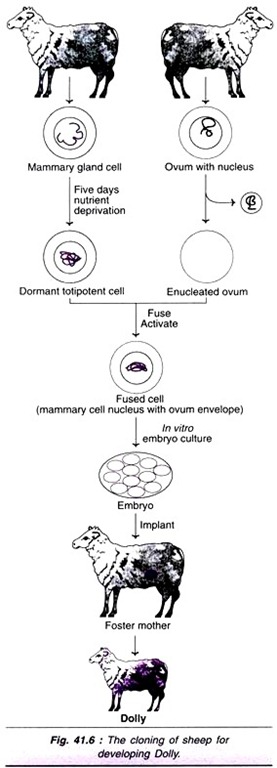ADVERTISEMENTS:
“Environmental biology” is often considered synonymous for “ecology”. Describing the scope of ecology, Odum wrote in 1963: “it is the aim of this small book to outline those basic principles of environmental biology that are of interest, as well as of vital concern, to all of us”.
He further mentioned, the special term for the environmental biology field of interest is ecology, a word derived from the Greek root “oikos” meaning “house”.
Thus literally, ecology is the study of “houses” or more broadly, “environments”. Because ecology is concerned especially with the biology of groups of organisms and with functional processes on the lands, in the oceans, and in fresh waters, it is more in keeping with the modem emphasis to define ecology as the study of the structure and function of nature. It should be thoroughly understood that mankind is a part of nature, since we are using the word nature to include the living world.”
Thus, ecological studies focus on how individual organisms interact with their environment, or how ecological populations or communities interact with their environment. Study of how organisms are adapted to respond to temperature or other factors of their physical environment is an example of such a focus.
This approach is called eco-physiology or physiological ecology. Organisms of the same species living in the same place and time constitute an ecological population. All the populations of a natural habitat are linked to one another by several types of interactions including feeding relationships. These interacting populations form ecological communities and their study is called community ecology.
A community plus its environment forms an interacting entity called an ecosystem, which is considered as a unit in the study of ecology. Although ecology has shown tremendous progress during the past 50-60 years, its main focus has been on various types of ecosystems – terrestrial, fresh water, marine and on how human activity has influenced these ecosystems.
The ecosystems ecology, for obvious reasons, is even now the most important subfield of ecology. Some other subfields are landscape ecology and restoration ecology (Fig. 1.2). The former focuses on how ecological processes operate on large spatial scales.
ADVERTISEMENTS:
A landscape may be defined as a large area that includes one or more ecosystems. Restoration ecology focuses on restoring or re-establishing species and ecosystems after human perturbation. However, some questions in ecology can be better answered in evolutionary terms and this subfield of ecology, referred to as evolutionary ecology, focuses on interpretation of the structure and function of organisms, populations, communities and ecosystems in the context of evolutionary theory.
As stated earlier, “environmental biology” is a term often used for “ecology”. Thus, these two words depict the same thing and they appear like the two sides of the same coin. When the coin is tossed many times, there are chances that each side (head/tail) comes almost 50:50. In other words, “environmental biology” represents another shade (may be slightly lighter or darker) of the colour of “ecology”.
However, ecology is deeply rooted in biology and in classical ecology often the focus is mainly on the “ecosystem studies” (energy flow and productivity) but in environmental biology the focus is on the “biological organisms of environment” and their eco-physiological adaptations and interactions. For example, if we use the phrase “environmental biology of fish”.
It will mean how the fish species of a particular environment (pond, lake, river, estuary, and ocean) are interacting with the environmental factors, both biotic and abiotic; which of these factors govern their distribution and abundance, and how these factors have influenced their adaptations and life history strategies. We also know that it is not only the environment and its physical and biotic factors which affect the organism but the organism is also able to modify the environment to a certain extent (Gaia Hypothesis).
The hypothesis states that the earth’s atmosphere would not support life without regulation by the totality of life in the biosphere (Lovelock and Margulis, 1974; Lovelock, 1988; Mann, 1991). Some major study areas of environmental biology are indicated. (Fig. 1.3)


